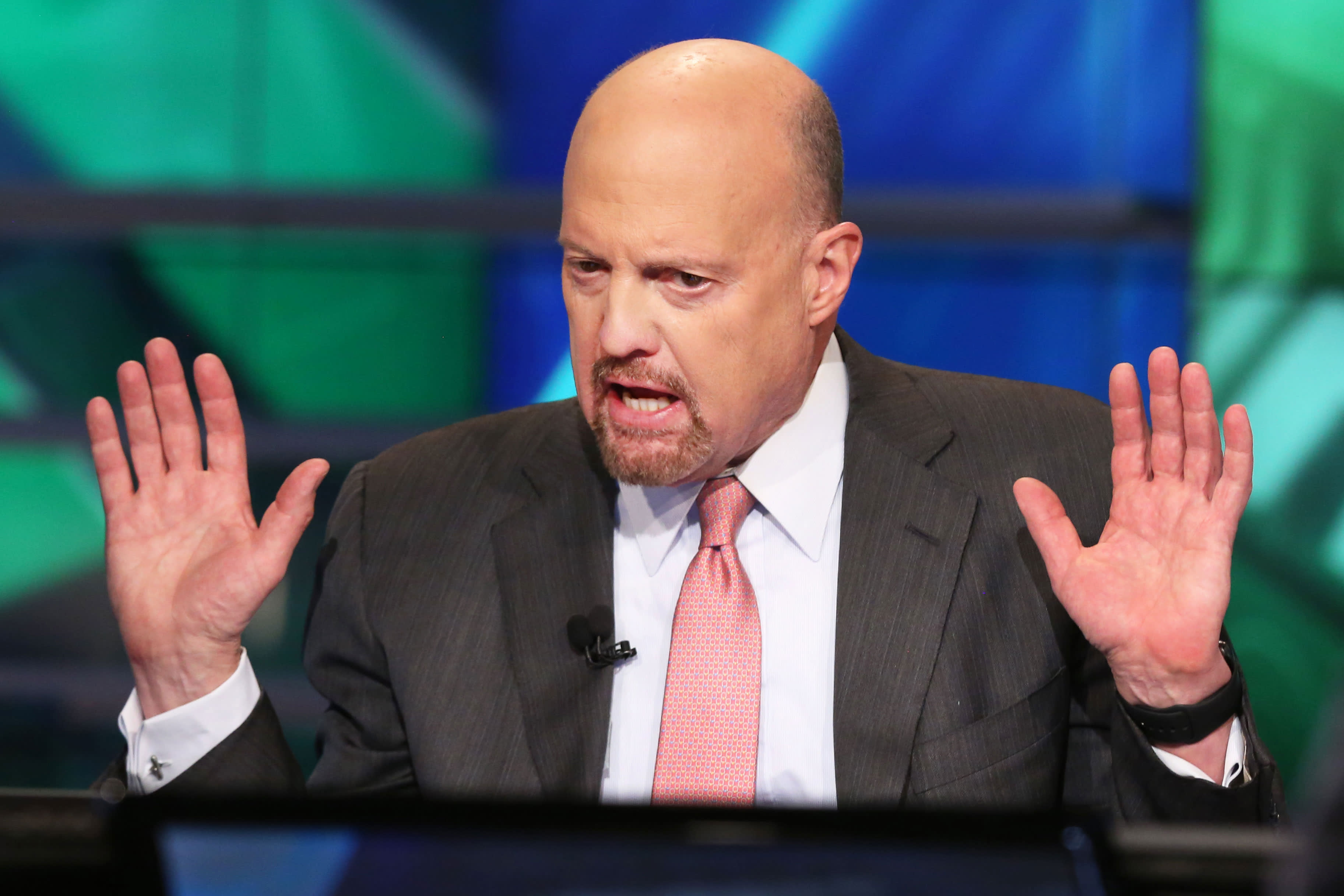CNBC’s Jim Cramer said Tuesday that now is the time to ditch stocks of unprofitable companies.
“This is your chance to free yourself of those companies … that don’t have any revenues, don’t have any earnings, all 50 times sales,” Cramer said on “Squawk on the Street,” referring to stocks that sell at high price-to-sales ratios. “They’re all up, take advantage of it,” he added, echoing his 2022 mantra to invest in companies that churn out profits.
Cramer’s comments come as stocks were relatively steady Tuesday after Wall Street closed out a dismal January with a powerful two-session rally, which saw many growth stocks bounce higher. Despite its two-day advance of more than 6.5%, the Nasdaq remained firmly in correction territory — down 12% from its November all-time high.
Investors should also look for companies capable of weathering supply chain issues, the “Mad Money” host said, pointing to manufacturing firm Stanley Black & Decker as an example.
“They had terrible supply chain issues but they still managed to make the numbers. They passed on a lot of the costs,” Cramer said, explaining that companies able to strategize their way over hurdles and into profits are also worth investing in.
Cramer last month called an investment into companies selling at tens of times its sales “an invitation to take your money and put it in the fireplace,” advising buyers to take their cash to established American companies instead.
— Sign up now for the CNBC Investing Club to follow Jim Cramer’s every move in the market.
